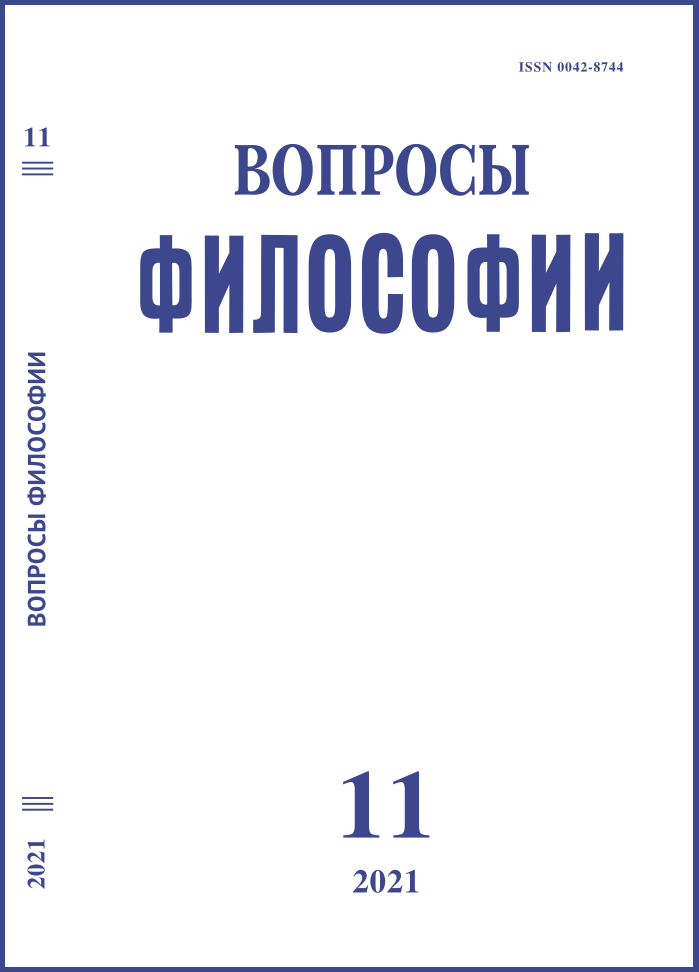Classical and Communicative Sign Models in Explanation of the Grelling – Nelson Paradox Part I
DOI:
https://doi.org/10.21146/0042-8744-2021-11-108-122Keywords:
paradox, antinomy, Grelling – Nelson’s paradox, meaning formation, sign, language model, communicative model, semiotic influence, actional mode of consciousness, reference, altering (transforming) an external cognitive state.Abstract
К.Grelling – L.Nelson’s paradox arises if the author (authors) and the addressee (addressees) use the classical linguistic model of meaning formation, which postulates that self-referential signs (words), or modules “form – meaning”, are employed and understood in word-containing semiotic procedures. The communicative model of meaning formation, on the contrary, states the impossibility of an autonomous reference of a sign, considers an attempt at indirect influence (i.e., process) as the only possible object of reference and understanding in a given communicative act, recognizes the actional (“influential”) mode of semiotic actor’s consciousness as the exclusive source of the produced “meaning”, including of sign reference. The paradox is viewed as a sequence of attempts at communicative influences on a conceivable addressee who understands (approves or disapproves) the actions of the author of the paradox by considering his “influential” cognitive states: on which objects the author focuses the addressee’s attention, what are the denotations hidden by the author behind the “bodies” of signs, how justified the established classes, relationships, links, etc. The main vulnerability of the paradox is proposed to be seen in the fact that the author unjustifiably recognizes the independent out-of-communicative ability of a sign (word) to produce influences (to name, to describe, to have its own properties), does not notice the communicative constants of meaning formation in the theoretical field, although inevitably uses them practically. The paradox is eliminated together with the removal of the classical concept of a sign as an autonomous module “form – meaning”.

